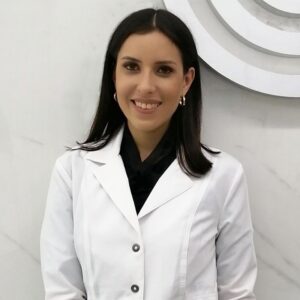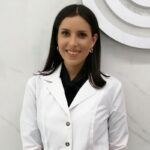What is DNA? What is a gene? What is a mutation?
What are gene mutations?
What are human chromosomes and genes? How do they form mutations? How is that genetics knowledge used in the IVF treatment of infertility? For over 20 years, reproductive medicine has used an approach that combines IVF treatment with genetics either to diagnose or prevent genetic diseases.

DNA is a lung molecule that contains our unique genetic code, it contains distractions for making all the proteins in our bodies – it means that the gene is the basic physical unit of inheritance genes are passed from parents to offspring and contain information needed to a specific trace genes are arranged one after another on structures called chromosomes so, a chromosome contains a single long DNA molecule only a portion of which corresponds to a single gene. Humans have approximately 20 000 genes arranged under chromosomes. Mutation is when there’s a change in the DNA sequence so mutations can result from DNA copying mistakes made during cell division, exposure to radiation, to chemo calls that are called mutagens or infection by viruses. The germline mutations occur in the eggs and sperm and can be passed onto offspring while somatic mutations secure in body cells and they are not passed on.

DNA is an exceptionally long, fragile molecule and is present in every human cell of the body, including the ovum and sperm. If a human DNA molecule were taken out of the cell and completely stretched out, it’d be over a meter in length. In order to fit the DNA into these cells, it’s packaged and rolled into a protein. A protein contains chromosomes. Each chromosome is a linear piece of DNA, which contains a four-letter alphabet ACGT, and these are known as bases. Each human chromosome is approximately 100 million letters long, but each gene is only 1000 letters long. Each chromosome just has maybe 200 genes or an average of 200 genes on each chromosome.
There are several mutation causes, and the most common mutation is changing just one letter to another. So you’ve got the four letters A, C, G, T. For example, one C could be changed to a letter T; that’s the simplest mutation. Then there are small insertions where an extra-base is inserted. So say I’ve got a row of three T’s, suddenly another T comes in, and I’ve got 4 T, or I could have a deletion, so I’ve got a row of three T’s, I could then have 1 T missing, and I’ve only got two T, that’s called a deletion. But these can happen on a much bigger scale. Insertions and deletions can happen with millions of letters. These are sometimes detectable down the microscope by Karyotyping. The small letter changes can be detected by next-generation DNA sequencing. You can’t detect these small letter changes down the microscope.

There is something that a man, a rose and the bacterium have in common – each of them as every other organism on earth contains the molecular instruction for life written in a molecule called DNA. Within this DNA are the directions for traits like the colour of a person’s eye, the scent of a rose and the way in which bacteria infect the cell. In humans DNA is mainly located in the nucleus of the body cells, in microscopically small nematode structures, the chromosomes which contain genes. These genes have instructions that tell our bodies how to develop and work properly. We have 46 chromosomes in all: 23 inherited from our father and 23 from our mother. A mutation occurs when the DNA gene is damaged or changed in a way that dramatically affects the letters of the code altering the genetic message carried by the gene.
Related questions
What is the PGT-A strategy for patients with implantation failure?

What are gene mutations and how can they affect my fertility?





